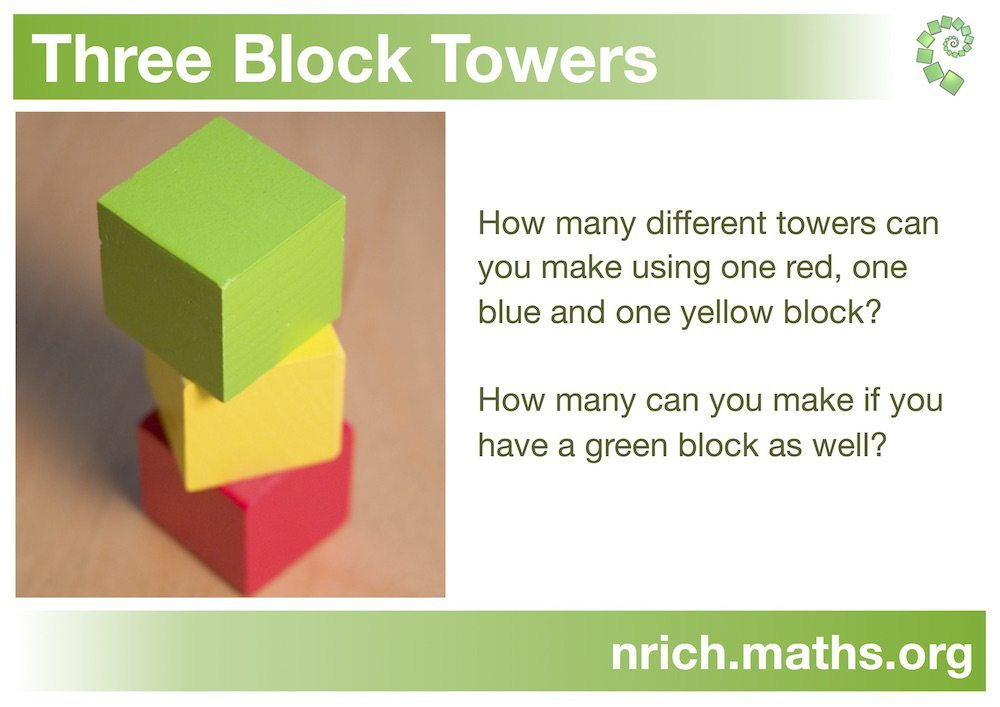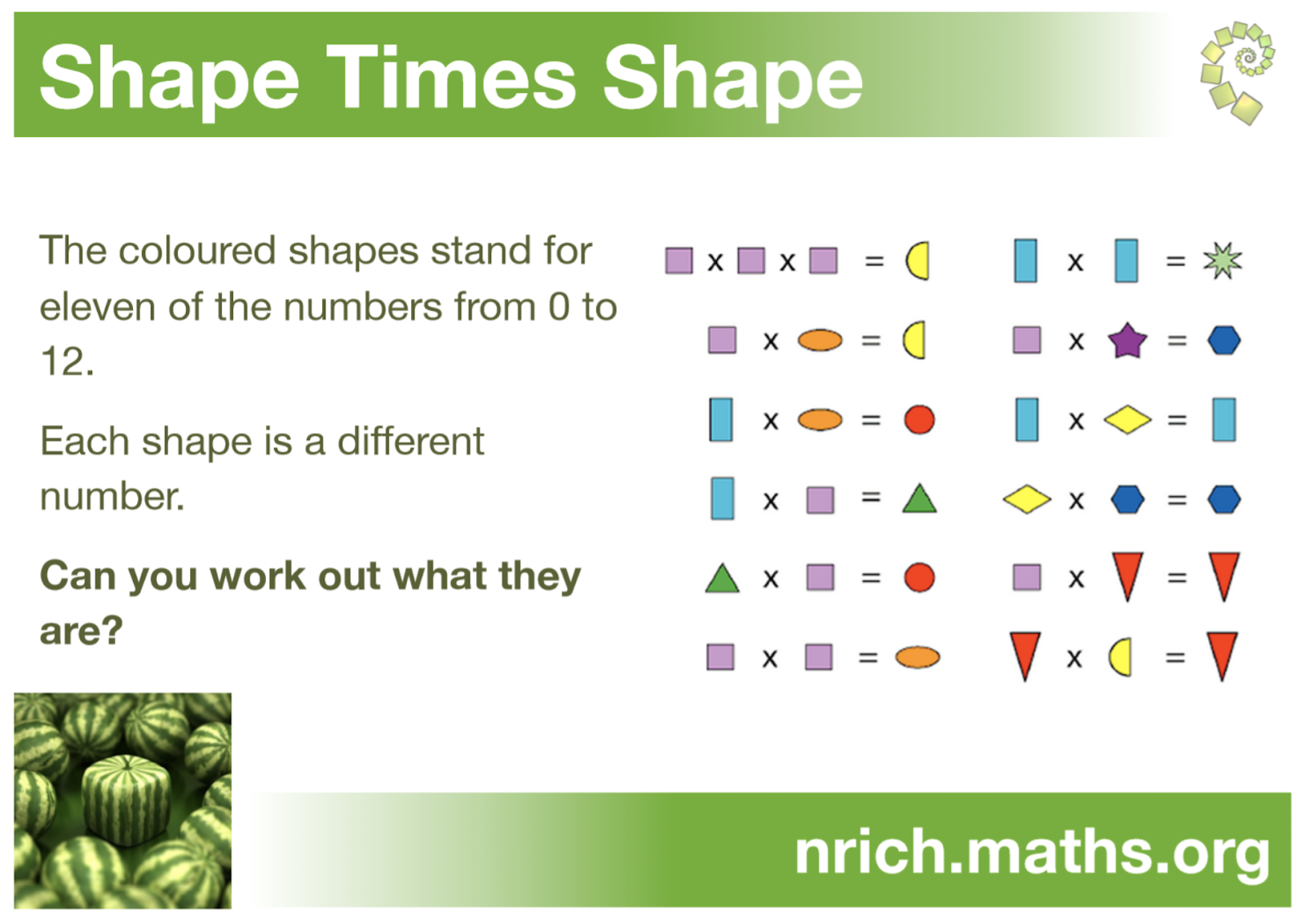At school, students have opportunities to engage in problem solving tasks. At home, mathematical problem solving can take on many different forms. For example, budgeting, time scheduling, measuring and constructing are all situations where children would need to problem solve. Problem solving, being the process of finding solutions to challenging issues, is an essential component of your child’s mathematical journey.
As your child works through problem solving tasks at home, here are some strategies you can encourage them to use and questions you can ask them:
Strategies:
-
Drawing a diagram or picture
-
Make a simpler but similar problem
-
Use concrete objects to represent the problem
-
Use a mathematical model (e.g., ten frame, number line, array, etc.)
-
Guess and check
-
Look for a pattern
-
Work backwards
-
Use a formula
-
Check your answer - does it make sense?
Questions:
-
How would you state this problem in your own words?
-
How does this problem remind you of a problem you have solved before?
-
What problem solving strategies have you tried?
-
What strategy will you try next?
-
Were there parts of the problem that were easy or challenging?
-
Does your answer make sense? Why?
* Strategies and Questions taken from Edugains.ca
Activities: Below some problems that you can try with your child
Primary Math Problem: Three Block Towers https://nrich.maths.org/7196

(Image taken from nrich.maths.org)
Junior Math Problem: Shape Times Shape nrich.maths.org

(Image taken from nrich.maths.org)
Intermediate Math Problem: Friday 13th nrich.maths.org
Can you explain why every year must contain at least one Friday the thirteenth?
What is the greatest number of Friday the thirteenths that can fall in one year?
Check out the Monthly Math Problem!